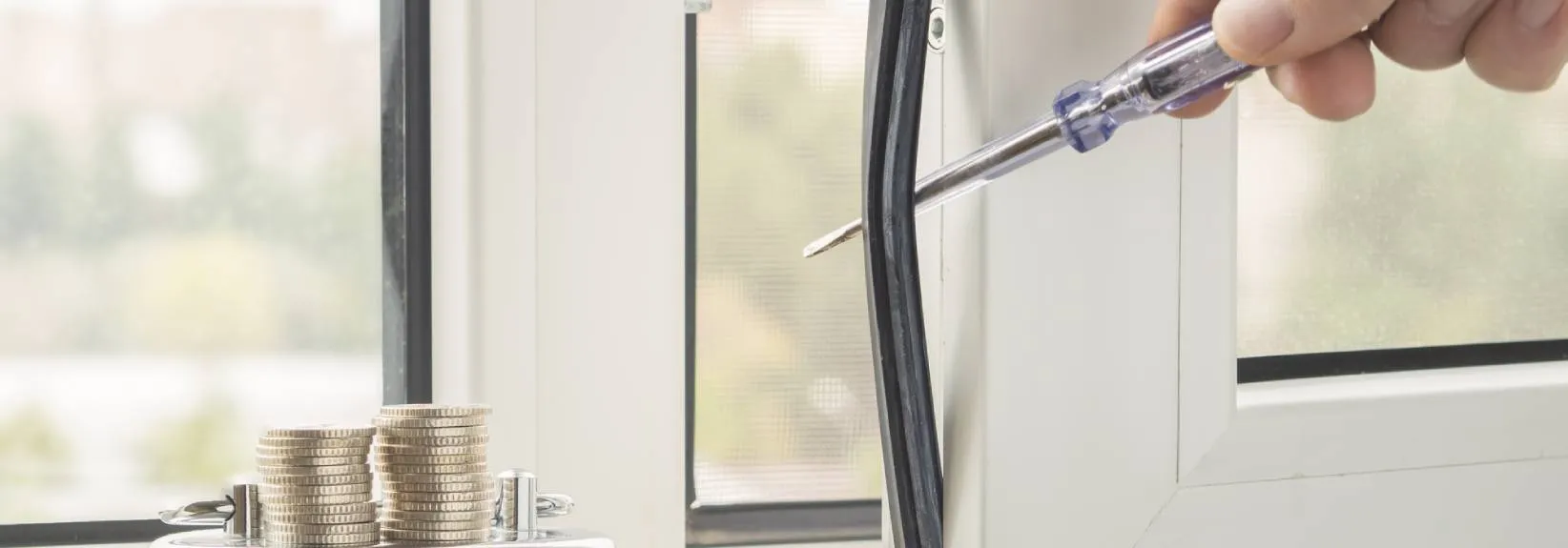Easy Ways to Detect Air Leaks in Your North America Home
A leaky house is significantly less energy efficient than a tightly sealed one. Knowing how to uncover air leaks in your house, sealing those leaks and scheduling a home energy assessment when necessary can help you establish a relaxing living environment and decrease your energy bills.
Detecting Air Leaks from Inside Your Home
Start your air leak inspection on the inside of your home. Here are four successful techniques for locating air leaks in your house:
- Conduct|Perform|Carry out} a thorough visual inspection, looking for gaps and cracks in and around windows, doors, electrical outlets and baseboards. Pay particular attention to the corners of rooms, given that gaps can frequently be found there.
- Hold your hand around potentially leaky places on a cold or windy day. If you believe there is a draft, you’ve uncovered an air leak.
- Do a smoke test by lighting an incense stick or smoke pen. Then, slowly move it around the edges of windows, doors and other potential trouble spots. If an air leak exists, the smoke will blow around or get sucked toward the gap, exposing the location of a leak. The smoke test is most effective when conducted on a windy day.
- Utilize an infrared thermometer or thermal camera to find temperature differences in your home. This equipment will help you locate locations with sizeable temperature variations, which often are caused by air leaks.
Detecting Air Leaks from Outside Your Home
Studying the outer structure can also reveal potential leaks. Here are two methods for finding air leaks from the outside:
- Do a visual inspection, paying close attention to corners and areas where different materials meet. Search for gaps or cracks that could cause air leaks, as well as damaged caulk or weatherstripping and poorly sealed vents and exhaust fans.
- Do the garden hose test on a colder day. This is where someone sprays water from a garden hose onto the exterior while another person stands inside close to a suspected air leak. If there’s a leak, the person inside ought to feel cold air or moisture coming through the gap.
Sealing Air Leaks
After pinpointing significant air leaks, it’s time to address the issue. Here are the best strategies for sealing air leaks in your home:
- Utilize caulk to seal small gaps and cracks around windows, doors and other areas where air is getting out of the home. Pick a top-quality, long-lasting caulk developed for indoor or outdoor use and the specific materials you’re using to ensure a durable seal. Follow the manufacturer’s guidelines for correct application and curing time.
- Apply weatherstripping to doors and windows to help them close tightly. Different kinds of weatherstripping are available, such as adhesive-backed foam tape, V-strip and door sweeps. Pick the ideal style for your needs and follow the installation recommendations.
- Use expanding foam to fill and seal larger gaps and holes. Expanding foam comes in a can with a spray applicator for easy application in hard-to-reach places. Wear protective gloves and stick to the manufacturer’s guidelines to make sure you use them carefully.
- Install insulation to newly sealed walls and attic floors to further reduce heat transfer. Whether or not you already have some insulation, consider upgrading to a higher R-value or adding more insulation where you need more.
- Add door sweeps along the bottom of external doors to prevent drafts. Door sweeps are offered in various materials and models to suit your desires and aesthetic preferences.
Considering a Comprehensive Home Energy Assessment
A home energy assessment is useful for spotting sneaky air leaks and pinpointing areas of improvement. A professional energy auditor performs this inspection, which includes the following:
- A blower door test involves putting in a temporary door with a strong fan over an exterior door opening. The fan pulls air away from the house, lowering the indoor air pressure and sucking outside air through unsealed openings. This test measures your home’s air tightness and makes thermal camera images easier to read.
- Infrared imaging helps the energy auditor identify temperature inconsistencies in the walls, floors and ceilings, revealing hidden air leaks and insulation inadequacies.
- A combustion safety test ensures your home heating system, water heater and other combustion appliances are operating safely and correctly, lowering the risk of potentially harmful carbon monoxide buildup.
- A homeowner interview is when the energy auditor analyzes your energy usage habits, home maintenance history and comfort obstacles to identify additional energy-saving options.
Schedule a Comprehensive Home Energy Assessment
While doing your own air leak tests is a good jumping off point, working with a professional is far more thorough. Service Experts Heating & Air Conditioning can help you improve your home’s air tightness with a comprehensive home energy assessment and customized solutions to enhance performance and comfort.

